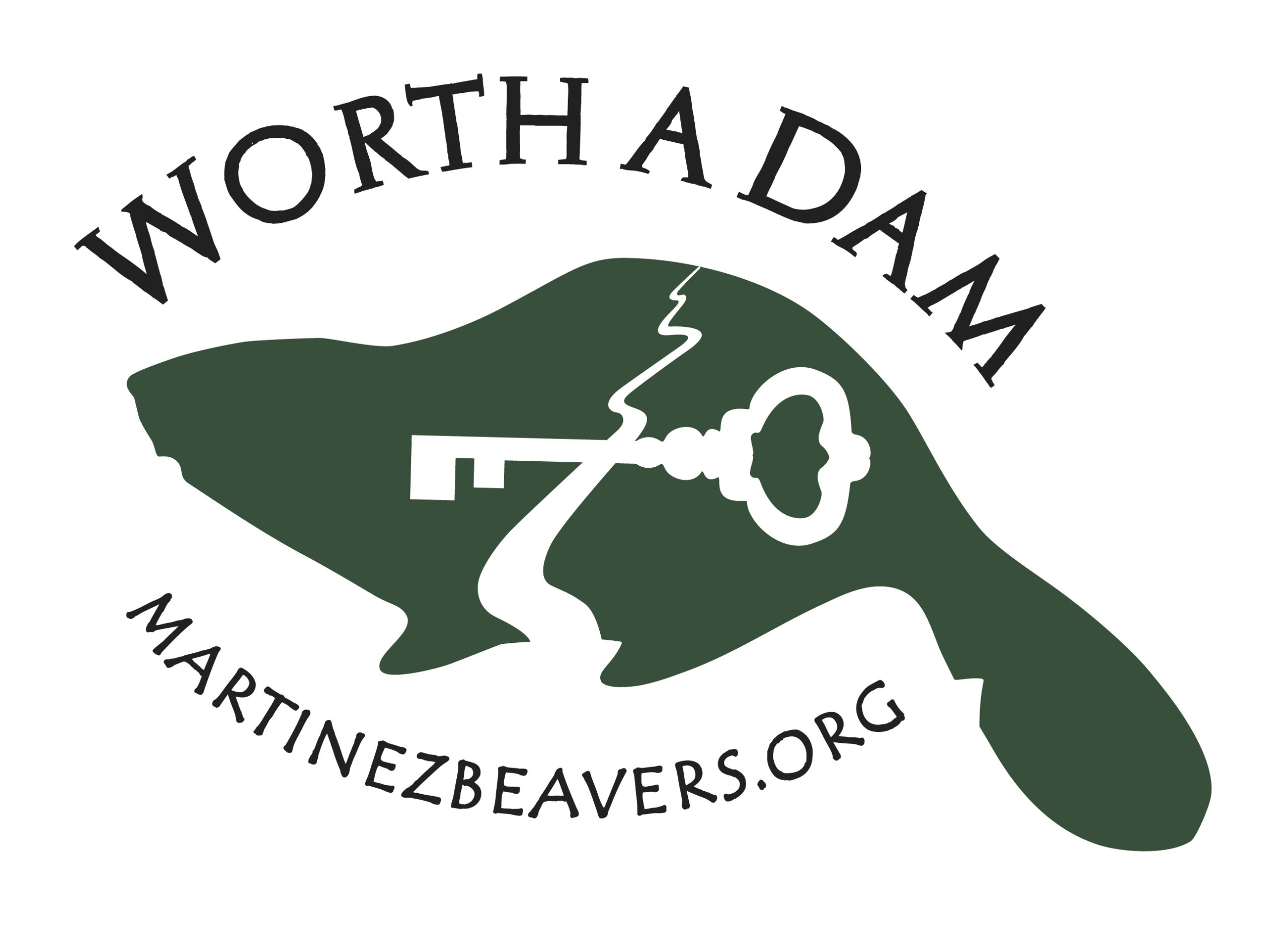Isn’t that always the way it is. I start to sniff the faintest hint of an upcoming beaver battle and then boom! it shows up in Spades. Here’s a feisty warrior from the newest issue of YES magazine.

In California Wine Country, Restoring Salmon Habitat After More Than a Century of Dams
Wander out the back door of the tasting room at Truett Hurst Winery in Sonoma County, California, and follow the dirt path to the red Adirondack chairs next to Dry Creek. Look just downstream to the side channel that splits off the main waterway. You will see sets of interwoven logs and overturned trees with roots that splay along the banks. These aren’t the result of a particularly rough storm—they are there by design. As Dry Creek rushes by, these logs and root beds point the way to a newly excavated side channel—prime habitat for spawning and juvenile salmon.
 In freshwater waterways along the coast from Marin to Mendocino counties, agencies are restoring salmonid streams to create habitat diversity, areas that provide deep pooling, predator protection, and side channels of slower-moving water. California salmon are in dire straits. Decades of dam building and development have destroyed or altered salmon habitat, eliminating the diversity of habitat these fish need.
In freshwater waterways along the coast from Marin to Mendocino counties, agencies are restoring salmonid streams to create habitat diversity, areas that provide deep pooling, predator protection, and side channels of slower-moving water. California salmon are in dire straits. Decades of dam building and development have destroyed or altered salmon habitat, eliminating the diversity of habitat these fish need.
As a result, salmon populations have plummeted. The number of coho salmon that return to the California waterways from the Pacific Ocean each year has dropped from around 350,000 in the 1940s to less than 500 in 2009. Although they’ve rebounded slightly, numbers are still 90 percent to 99 percent below historic levels, and many scientists are worried that California’s historic five-year drought followed by an exceptionally rainy winter could wreak further havoc.
These habitat restoration projects are one tool being employed to try to prevent California salmon from going extinct. Ettlinger says that in Marin there has been a growing movement for another type of project—reintroducing beavers. “Beaver ponds are ideal salmon nurseries,” he says. “In the salmon restoration community, it’s become apparent that coho and beavers evolved together.” Plus, “a lot of the wood replacement we’re doing now in Lagunitas Creek the beavers would do for free.”
Don’t look at me. I didn’t say it.
Apparently things are gearing up for a first-rate struggle between salmon supporters and bird lovers, which makes as little sense as anything I can imagine. Obviously they should both be lining up to welcome beavers with bowers of willow branches and safe harbors. It is in their interest to support the services of this well known ecosystem engineer who creates essential habitat and rearing grounds for salmon AND birds. But I’ve seen people act against their own self-interest before, so who knows what will happen?
It all really couldn’t be more perfect timing for me to march into Marin Audubon next week. I sense a lot of drama coming their way, and for once I won’t even be the cause of it!




